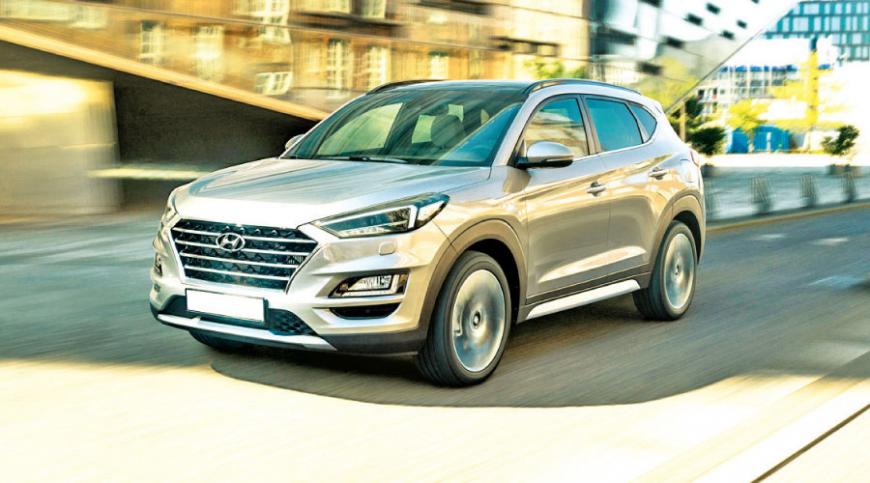
The automobile, is an essential commodity to the everyday commuter. Karl Benz, a German inventor designed and built the first automobile in 1885 that would be powered by petroleum/gasoline and the internal combustion engine would go on to revolutionise the way we travel for generations to come. It was around the same time that an English inventor Thomas Parker conceived the concept and the first prototype of cars run by high-capacity rechargeable batteries.
Today we live in the age where fuel prices are skyrocketing. The availability of fossil fuels are becoming limited and the carbon emissions produced by the burning of the fuel is causing major environmental impacts. This calls for drastic measures to be put in play in order to counteract the negative impacts of the once revolutionary internal combustion engine.
Car manufacture companies such as Mitsubishi and Toyota started adapting to the change from petrol run automobiles to electric cars. There by producing hybrids which rely on the use of an internal combustion engine to drive an electric generator which then powers an electric motor. This working principle was introduced to the market with the first Toyota Prius in 2008. Since then the industry has evolved and under the vision of Elon Musk the founder of Tesla, the first fully electric car was born.
Introducing the Tesla roadster.
Tesla has since dominated the electric car industry producing numerous other models such as the Modal S, Modal 3 and its latest Modal X and if that’s not change enough, Tesla also introduced the first self-driving electric semi-trailer truck.
By the year 2040, 50% of vehicles will still run on fossil fuels, however, every car manufactured from that point will be completely electric. By this prediction it seems as if it is hard to completely eradicate cars with an internal combustion engine, in other words it is a start.
Although it may seem that the future of the automotive industry will comprise electric vehicles that willnot to stop innovators and engineers from thinking outside the box. In 2013 car manufacturer Hyundai released the Hyundai Tuscan the very first commercially produced car that runs on a new form of power bringing to light a concept that had been floating around but never commercially tested till then, a car powered by Hydrogen fuel cells.
Hydrogen, the first as well as the lightest element in the periodic table is the most abundant element on the planet. Hydrogen is used practically everywhere. From rocket fuel to welding to even the water we drink, yes that’s right. Water chemically known as H2O is made up of two parts hydrogen and one-part oxygen. Yet another remarkable use for hydrogen was found, powering our cars.
Eliminating the use of fossil fuels to power internal combustion engines, hydrogen fuel cells can provide electrical power, unlike an electric car. The fuel cells use a combination of hydrogen and oxygen to generate electricity which runs a motor powering the car. As theses cars run on electricity, they are classified as electric vehicles, however, unlike the standard electric car, the range and refueling are like that of the conventional petrol and diesel run automobiles.
Using hydrogen gas as a fuel source is also very beneficial to the environment. Converting gas into electricity only produces water and heat as byproducts. This means that fuel cell vehicles don’t produce pollution from the exhaust unlike petrol and diesel vehicles. This is a major contributor to pollution by emitting carbon emissions from the exhaust due to the combustion process.
This doesn’t mean that hydrogen is a clean gas, in fact producing hydrogen does create pollution, including greenhouse gas emissions, however, even if we used the dirtiest source of hydrogen, compared to petroleum run vehicles the early stage fuel cell automobiles would be producing a whopping 30 percent less emissions. The challenge of making the production of hydrogen clean has already begun, driving a clean and green earth friendly future to the automotive industry.
